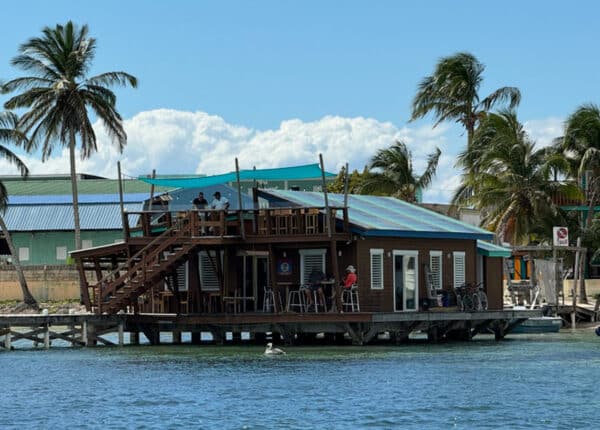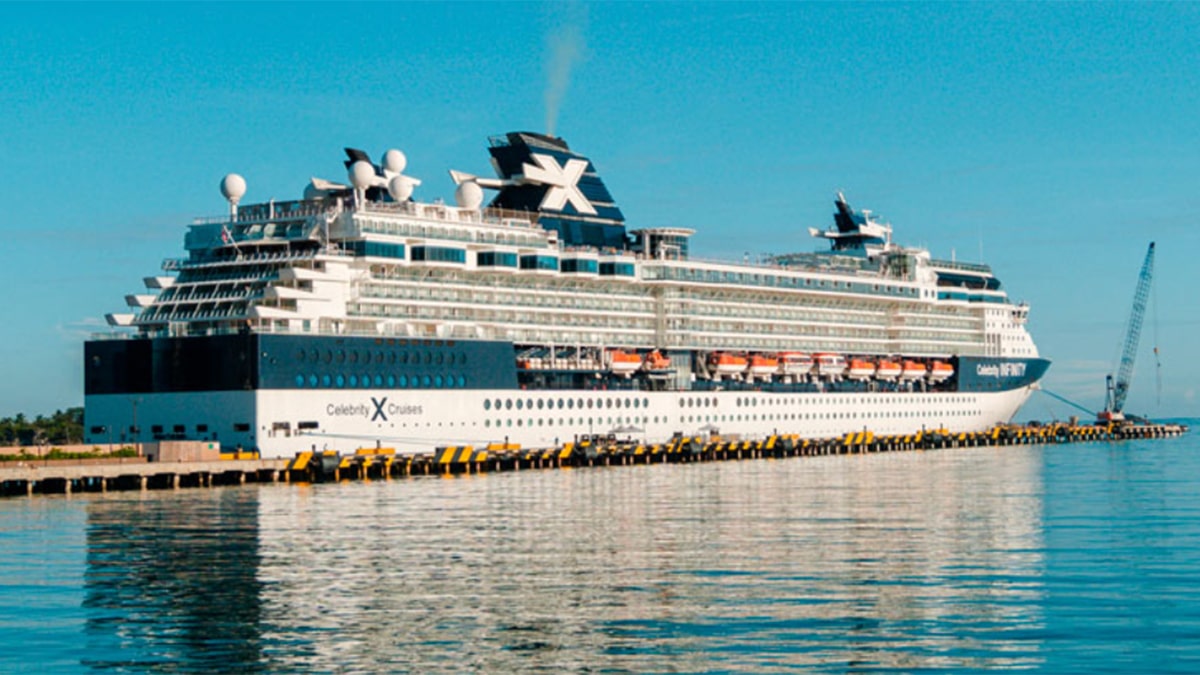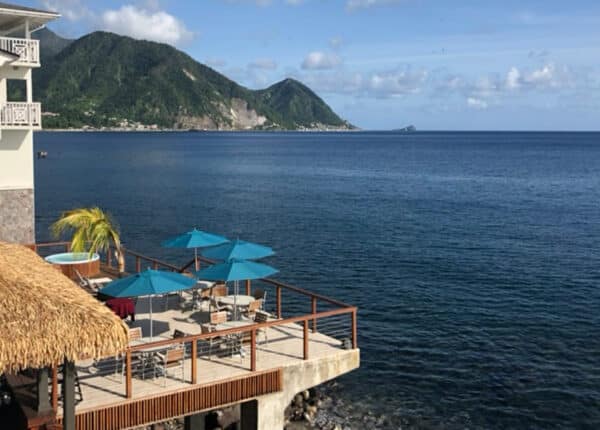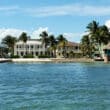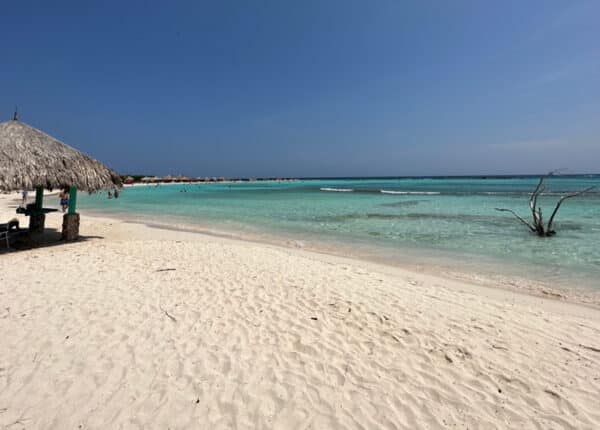In a Shift, Cruise Tourism Is Powering the Dominican Republic’s Continued Growth
The Dominican Republic is riding a wave of maritime momentum as cruise tourism drives a record-breaking first quarter for the country’s visitor arrivals—repositioning the sector as a core engine of growth in 2025.
While stayover arrivals slightly slowed in the first three months of 2025, it was a continued cruise surge that kept growth steady.
Between January and March, the country welcomed 1,027,991 cruise passengers, marking a fifteen percent year-over-year increase, a twenty-seven percent jump over 2023, and a staggering one hundred sixty-seven percent surge compared to pre-pandemic 2019, according to data from the Ministry of Tourism.
The rise in cruise arrivals is reshaping the country’s broader tourism landscape, contributing significantly to an all-time high of 3.35 million total visitors for the quarter.
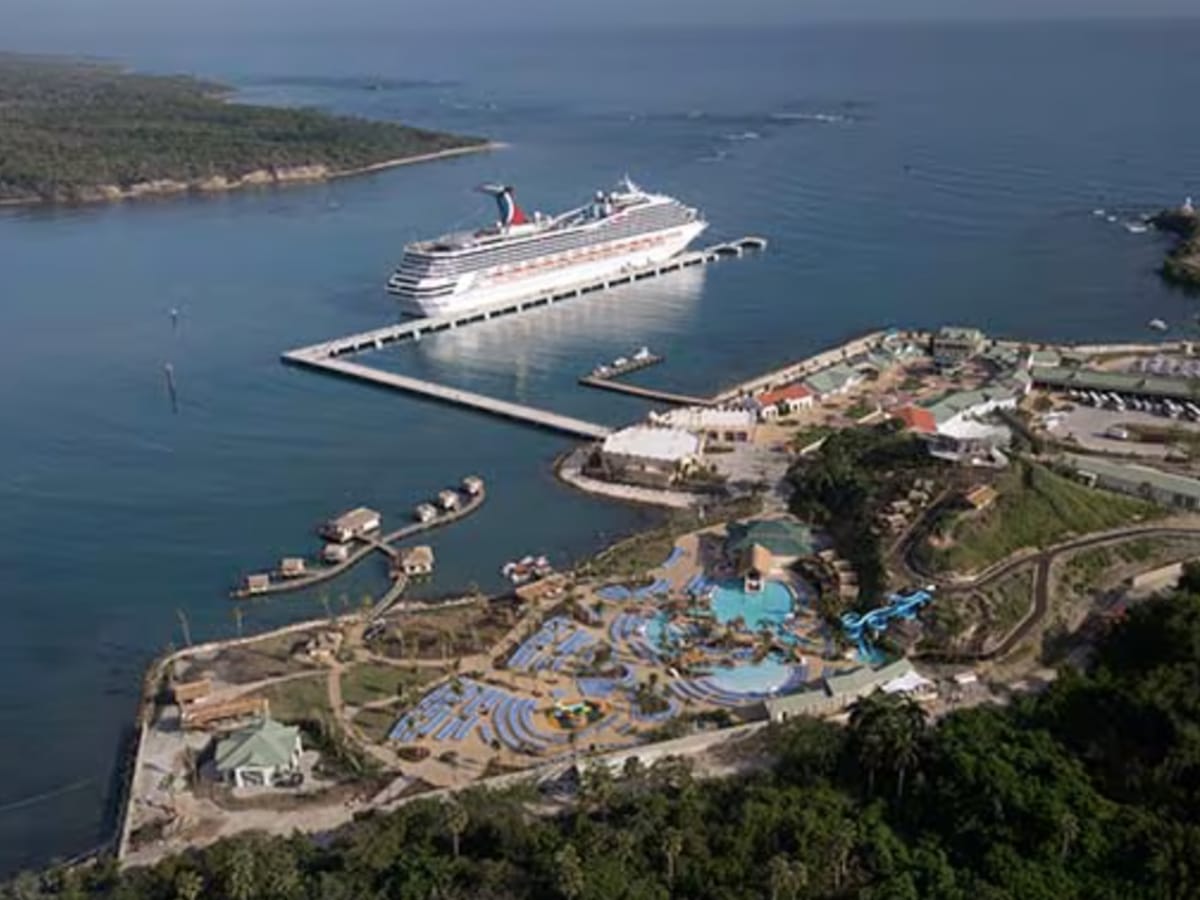
The Dominican Republic hosted 367 cruise operations in the first quarter, powered by expanding capacity at key ports like Amber Cove in Puerto Plata, Taino Bay, and La Romana. New and returning itineraries from major cruise lines are turning the country into a marquee stop on Caribbean routes.
This rapid growth is also translating to increased onshore spending in port towns, invigorating local economies and encouraging new tourism-linked investment, particularly in the country’s northern and eastern coasts.
While air arrivals—at 2.32 million—still represent the bulk of tourism traffic, they remained relatively flat year-over-year due to timing shifts around Easter and leap-year effects, officials said. However, long-term trends remain solid, with air tourism up twelve percent from 2023 and twenty-four percent above 2019 levels.
Hotels still going strong
The country’s hospitality sector is keeping up with maritime momentum. Hotel occupancy averaged eighty-one percent nationally during the quarter, with Punta Cana–Bávaro topping the list at eighty-nine percent. La Romana followed with eighty-five percent occupancy, a region directly benefiting from nearby cruise traffic and improved port access.
Commercial aviation continued its steady performance, with 18,473 flights recorded and an average seat occupancy of seventy-six percent.
Cruise is powering the boom
The cruise sector’s resurgence is now shaping how the Dominican Republic approaches tourism growth—moving beyond its traditional reliance on airlift and resorts to capitalize on its geographic advantages and deepwater port infrastructure.
With more cruise lines expanding Caribbean offerings and demand for short-haul leisure travel on the rise, the country is well-positioned to turn a post-pandemic trend into long-term strategy.
